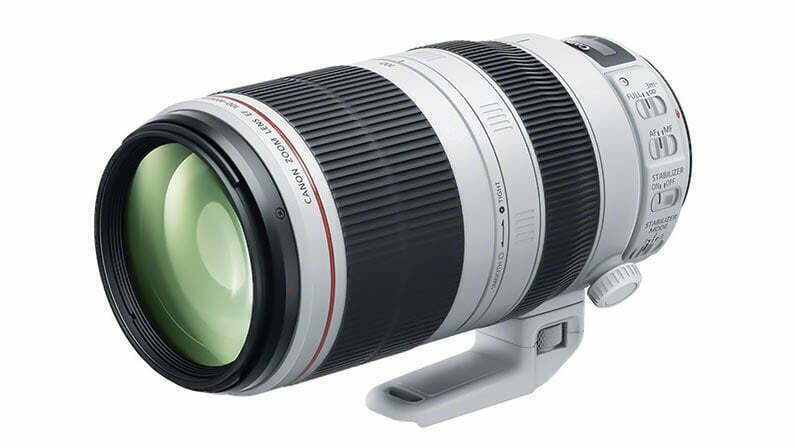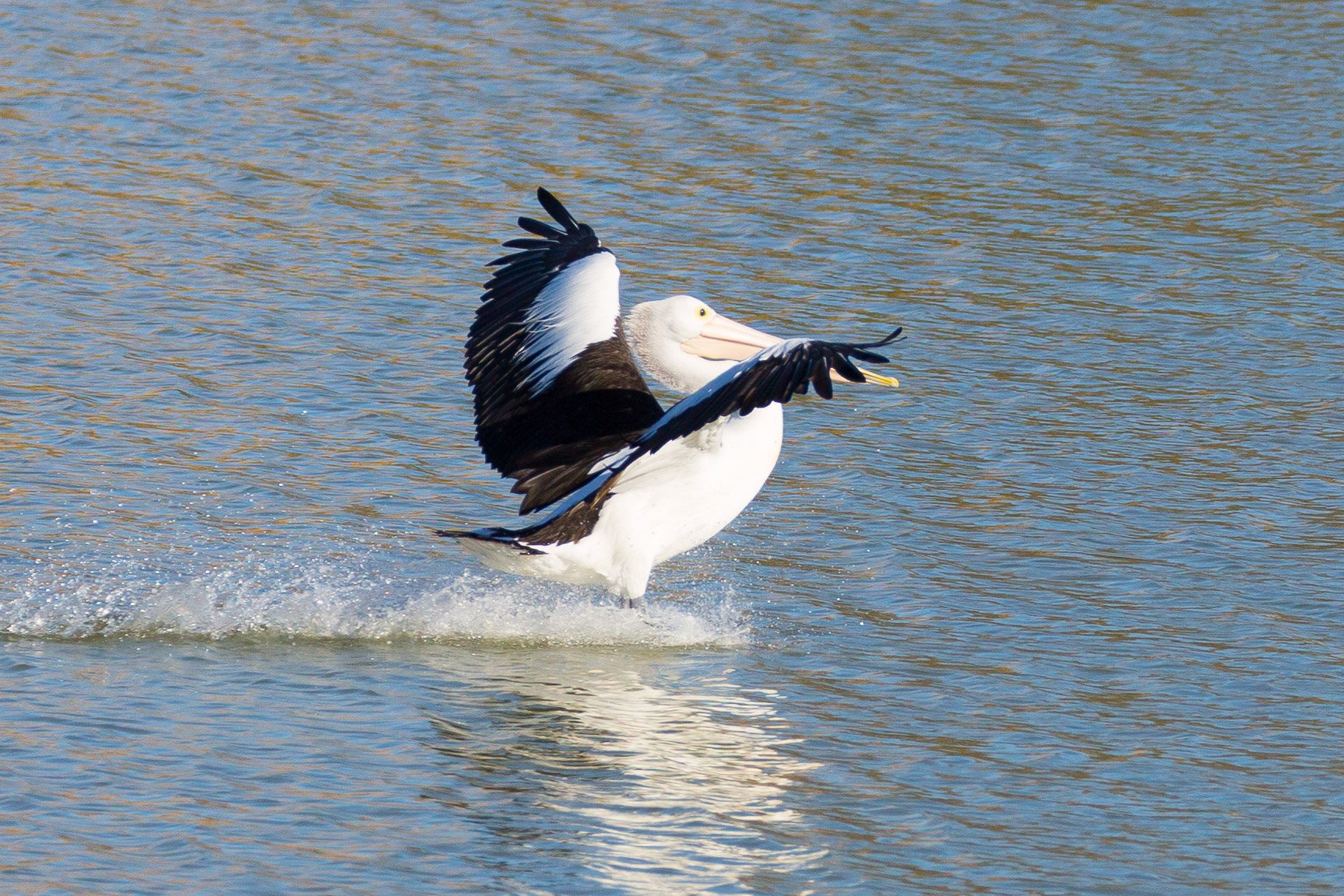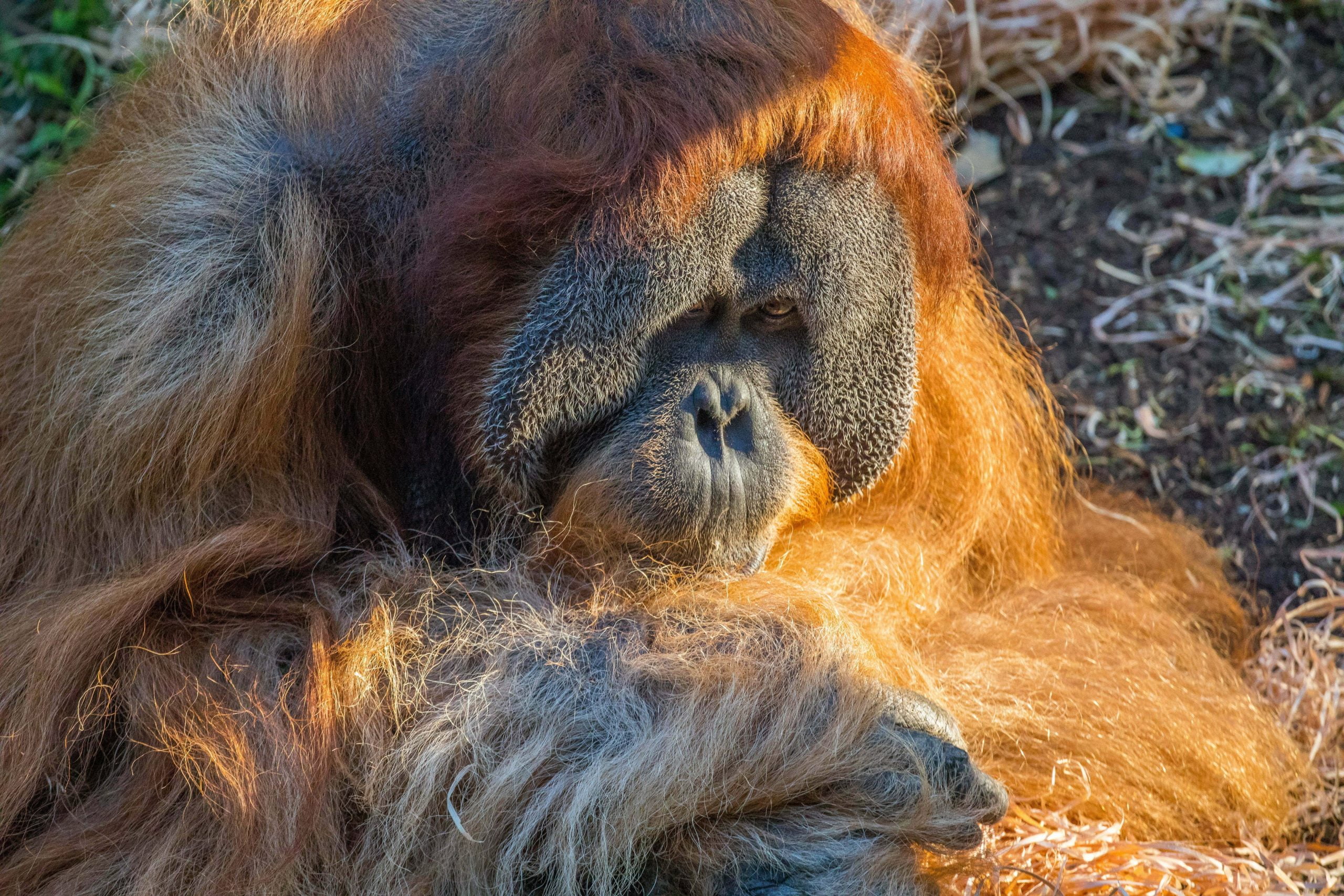Deprecated: Function get_page_by_title is deprecated since version 6.2.0! Use WP_Query instead. in /home/dygiphyc/public_html/wp-includes/functions.php on line 6085
Deprecated: Function get_page_by_title is deprecated since version 6.2.0! Use WP_Query instead. in /home/dygiphyc/public_html/wp-includes/functions.php on line 6085
Deprecated: Function get_page_by_title is deprecated since version 6.2.0! Use WP_Query instead. in /home/dygiphyc/public_html/wp-includes/functions.php on line 6085
Deprecated: Function get_page_by_title is deprecated since version 6.2.0! Use WP_Query instead. in /home/dygiphyc/public_html/wp-includes/functions.php on line 6085
Deprecated: Function get_page_by_title is deprecated since version 6.2.0! Use WP_Query instead. in /home/dygiphyc/public_html/wp-includes/functions.php on line 6085
Deprecated: Function get_page_by_title is deprecated since version 6.2.0! Use WP_Query instead. in /home/dygiphyc/public_html/wp-includes/functions.php on line 6085
Deprecated: Function get_page_by_title is deprecated since version 6.2.0! Use WP_Query instead. in /home/dygiphyc/public_html/wp-includes/functions.php on line 6085
Deprecated: Function get_page_by_title is deprecated since version 6.2.0! Use WP_Query instead. in /home/dygiphyc/public_html/wp-includes/functions.php on line 6085
Deprecated: Function get_page_by_title is deprecated since version 6.2.0! Use WP_Query instead. in /home/dygiphyc/public_html/wp-includes/functions.php on line 6085
Notice: Trying to access array offset on value of type bool in /home/dygiphyc/public_html/wp-content/plugins/dygiphy-camera-image-shortcode/dygiphy-camera-image-shortcode.php on line 97
Deprecated: Function get_page_by_title is deprecated since version 6.2.0! Use WP_Query instead. in /home/dygiphyc/public_html/wp-includes/functions.php on line 6085
Deprecated: Function get_page_by_title is deprecated since version 6.2.0! Use WP_Query instead. in /home/dygiphyc/public_html/wp-includes/functions.php on line 6085
Deprecated: Function get_page_by_title is deprecated since version 6.2.0! Use WP_Query instead. in /home/dygiphyc/public_html/wp-includes/functions.php on line 6085
Deprecated: Function get_page_by_title is deprecated since version 6.2.0! Use WP_Query instead. in /home/dygiphyc/public_html/wp-includes/functions.php on line 6085
Deprecated: Function get_page_by_title is deprecated since version 6.2.0! Use WP_Query instead. in /home/dygiphyc/public_html/wp-includes/functions.php on line 6085
Deprecated: Function get_page_by_title is deprecated since version 6.2.0! Use WP_Query instead. in /home/dygiphyc/public_html/wp-includes/functions.php on line 6085
Deprecated: Function get_page_by_title is deprecated since version 6.2.0! Use WP_Query instead. in /home/dygiphyc/public_html/wp-includes/functions.php on line 6085
Deprecated: Function get_page_by_title is deprecated since version 6.2.0! Use WP_Query instead. in /home/dygiphyc/public_html/wp-includes/functions.php on line 6085
Deprecated: Function get_page_by_title is deprecated since version 6.2.0! Use WP_Query instead. in /home/dygiphyc/public_html/wp-includes/functions.php on line 6085
Deprecated: Function get_page_by_title is deprecated since version 6.2.0! Use WP_Query instead. in /home/dygiphyc/public_html/wp-includes/functions.php on line 6085
Deprecated: Function get_page_by_title is deprecated since version 6.2.0! Use WP_Query instead. in /home/dygiphyc/public_html/wp-includes/functions.php on line 6085
Deprecated: Function get_page_by_title is deprecated since version 6.2.0! Use WP_Query instead. in /home/dygiphyc/public_html/wp-includes/functions.php on line 6085
Deprecated: Function get_page_by_title is deprecated since version 6.2.0! Use WP_Query instead. in /home/dygiphyc/public_html/wp-includes/functions.php on line 6085
Deprecated: Function get_page_by_title is deprecated since version 6.2.0! Use WP_Query instead. in /home/dygiphyc/public_html/wp-includes/functions.php on line 6085
Deprecated: Function get_page_by_title is deprecated since version 6.2.0! Use WP_Query instead. in /home/dygiphyc/public_html/wp-includes/functions.php on line 6085
Deprecated: Function get_page_by_title is deprecated since version 6.2.0! Use WP_Query instead. in /home/dygiphyc/public_html/wp-includes/functions.php on line 6085
Deprecated: Function get_page_by_title is deprecated since version 6.2.0! Use WP_Query instead. in /home/dygiphyc/public_html/wp-includes/functions.php on line 6085
My lens review and field test of the Canon EF 100-400mm f/4.5-5.6L IS II USM is based on my experience using it on the job as a professional photographer. You will find tips and analysis for using the lens across a broad category of professional photography applications.
This review includes a selection of full resolution JPG and RAW CR2 sample files for you to download and analyse with your own software. So you can see how the lens performs on a variety of cameras, the samples include those taken with the Canon 7D Mark I, 5D Mark III and 5D Mark IV bodies.
Also included are a number of samples with the Canon EF 100-400mm f/4.5-5.6L IS II USM mounted with the Canon EF 2x III Extender.
Each shot includes field notes of how I setup the lens camera system to achieve the best possible result.
Handling
The Canon EF 100-400mm f/4.5-5.6L IS II USM is a big, heavy lens, but has some nice features that make handling a little easier.
The lens includes a fixed tripod mounting foot as an alternative to mounting to a tripod directly through the camera body. This places the mounting point closer the centre of balance of the lens / camera system, placing less strain on the tripod head and providing greater stability on the tripod.
When not mounted on a tripod, the mounting foot also serves as a useful handle for gripping the lens. I find by hooking my hand under the handle I feel less worried about dropping the lens, and have a better grip than by holding the fairly large lens barrel.
The Canon EF 100-400mm f/4.5-5.6L IS II USM also includes a zoom touch adjustment ring that modifies dampening on the zoom ring. This can be adjusted to stop zoom creep when carrying the lens vertically, but is also useful for more accurate zooming.
Perhaps my biggest criticism of the lens would be handling with the supplied hood attached in reverse (as you would do for storage). The hood is so big that it completely covers the zoom ring. You have to either remove the hood, or fit it the right way around to access the ring.
Autofocus
The USM focus system in the Canon EF 100-400mm f/4.5-5.6L IS II USM is super fast, quiet and accurate. I did not have to apply any camera micro-adjustment to compensate for back or front focusing on my Canon 5D III or IV.
The fast focusing speed of this lens is critical. At 400mm it can be very difficult to keep a fast moving subject within the frame. It’s even harder to place the focus point on the part of the subject you want in focus. When you miss, the lens focusing will hunt, and I find that the scene becomes so blurred while this is happening that tracking the subject becomes impossible.
Tracking birds in flight is a good example of this problem. Hand holding at 400mm while tracking a small fast moving bird is very difficult.
The lens includes a limiting switch which is an important tool when tracking in servo mode. The switch limits the focus range from 3m – infinity which significantly reduces how much the focus must rotate when hunting.
Sharpness
The Canon EF 100-400mm f/4.5-5.6L IS II USM has pixel level sharpness across most of the frame at all zoom levels. This is true when mounted on the Canon 7D, 5D III or 5D IV. By this I mean the lens is able to resolve crisp detail when the full resolution file is zoomed into pixel level.
That said, you won’t achieve this level of sharpness with every shot. There can’t be any subject motion blur and achieving this at 400mm is going to require a fairly high shutter speed.
The Canon EF 100-400mm f/4.5-5.6L IS II USM is is at it’s best between f/5.6 and f/8. It’s still extremely good at F4.5 and f/11, and starts to loose it’s edge above f/11.
UV Filters
I was initially concerned by softness in some of the early test shots I took with the Canon EF 100-400mm f/4.5-5.6L IS II USM. The problem was not a focusing issue. After a lot of wasted time I narrowed it down to the UV filter I was using, in this case the 77mm Marumi DHG Digital UV filter.
As you will see in the test shots, they have a noticeable effect on contrast. This is significant enough that I now remove filters when I am doing resolution critical work. I did get a better result using a Hoya Pro1D Digital MC UV filter, but still inferior to no filter at all.
Image degradation from UV filters is a known issue. There is an excellent article by Lens Rental that covers this in detail and suggests the better brands. I have used Marumi filters for years without issue, including with the sharpest lens I’ve ever used, the Canon EF 85mm f/1.2L II USM. Please let me know in the comments if you find a filter that has no significant effect.
Use with the Canon EF 2x III Extender
The Canon EF 100-400mm f/4.5-5.6L IS II USM is compatible with the Canon EF 2x III Extender but without autofocus due to aperture being smaller that that required by the standard autofocus system. Thankfully you can use live view autofocus , and with the Canon 5D IV’s super fast new Dual Pixel AF this makes this lens combination usable.
The results are acceptable, but there is noticable loss of resolution. For web shots or other smaller print applications this is probably OK, but perhaps not for jobs where the final image will be enlarged.
Flare
The Canon EF 100-400mm f/4.5-5.6L IS II USM displays very little flare, and renders pleasant starbursts that can be used for creative effect.
Bokeh
The Canon EF 100-400mm f/4.5-5.6L IS II USM has the beautiful buttery bokeh I’ve come to expect from all Canon’s top ‘L’ series lenses.
This is not a particularly bright lens though, so to produce strongly out of focus background you are relying on the long focal length of the lens. The best result will be obtained at the long end of the zoom, particularly when there is good separation between the subject and it’s background.
Worth noting with this lens is the surprisingly short minimum focus distance. At 400mm, this lens will focus as close as 98cm. This can be used to produce a very shallow depth of field and therefore bokeh effect.
Wildlife Photography
The Canon EF 100-400mm f/4.5-5.6L IS II USM is ideally suited to photography of larger wildlife.
At up to 400mm there is plenty of reach to get in close, and the superb resolving power means fine detail such as hair and fur will be well rendered.
Bird Photography
The Canon EF 100-400mm f/4.5-5.6L IS II USM is not quite long enough to be the perfect lens for bird photography, but doesn’t do a bad job.
I’ve taken a great many shots of birds with this lens now and find I am consistently cropping the photo down to enlarge the subject. This is fine for smaller web use, but would limit the use of such shots in print.
This is only the case for smaller birds though. Larger birds present less of an issue.
Macro Photography
The small minimum focus distance of the Canon EF 100-400mm f/4.5-5.6L IS II USM also makes it a decent macro lens. This is one of the reasons why it’s now my goto lens for studio product photography (more about this later).
It is very convenient to be able to shoot both large and very small items with the same lens and know that the results will be sharp enough for all applications.
Product Photography
The Canon EF 100-400mm f/4.5-5.6L IS II USM is now my first choice for product photography in the studio due to its ability to shoot both larger and very small objects.
Previously I used the EF 100mm f/2.8 Macro USM for this type of work, but being a prime it meant I repositioning the tripod and refocusing for each product. I can work faster with the Canon EF 100-400mm f/4.5-5.6L IS II USM. I also believe this lens is sharper.
Studio Portraiture
The Canon EF 100-400mm f/4.5-5.6L IS II USM is a bit long for most studio portrait work, which probably explains why I have no shots to share in this category – I’ve never used it. My prefered lens for studio portrait work is the Canon EF 85mm f/1.2L II USM for individual portraits, or the Sigma 35mm F/1.4 DG HSM for groups if I am short on space.
However the Canon EF 100-400mm f/4.5-5.6L IS II USM should be a superb studio portrait lens if there is enough space – particularly for head and shoulder shots. I plan to put this to the test at some points, and will update this review with a sample.
Location Portraiture
The Canon EF 100-400mm f/4.5-5.6L IS II USM is not a bad lens for location portraiture, but again there are better lenses for the job. Subject isolation is important to me for location portraiture and I prefer to use fast primes, or perhaps the Canon EF 70-200mm f/2.8L IS III USM.
Outdoor Sports and Action Photography
The Canon EF 100-400mm f/4.5-5.6L IS II USM is particularly well suited to outdoor sports and action photography. Fast focus speed, image stabilisation, telephoto reach, and fast tracking speed are what make a great sports lens – all of which are well represented here.
Indoor Sports and Action Photography
I’ve not used this lens for indoor action or sports photography. At full zoom its not very bright and it could be a challenge to get the higher shutter speeds needed to stop action.
Landscape Photography
Telephoto lenses are useful in landscape photography for compression and magnification.
Compression refers to a lenses ability to squash together distant parts of the scene to form a unified composition.
Conclusion
This is definitely one of Canon’s great lenses – up there in image quality with the better primes.
The Canon EF 100-400mm f/4.5-5.6L IS II USM is now my first choice lens for all studio product photography shoots. The extreme sharpness, zoom range, macro capability, image stabilizer and autofocus accuracy make it a high performer for this type of photography. There is a downside though, and that’s weight. After four hours of solid photography your back will be telling you all about it.
I have had a lot of fun on field trips and holidays with this lens. It’s probably too big and heavy to be classed as a travel lens, but it certainly offers a lot of creative potential if you are willing to carry it around.


























